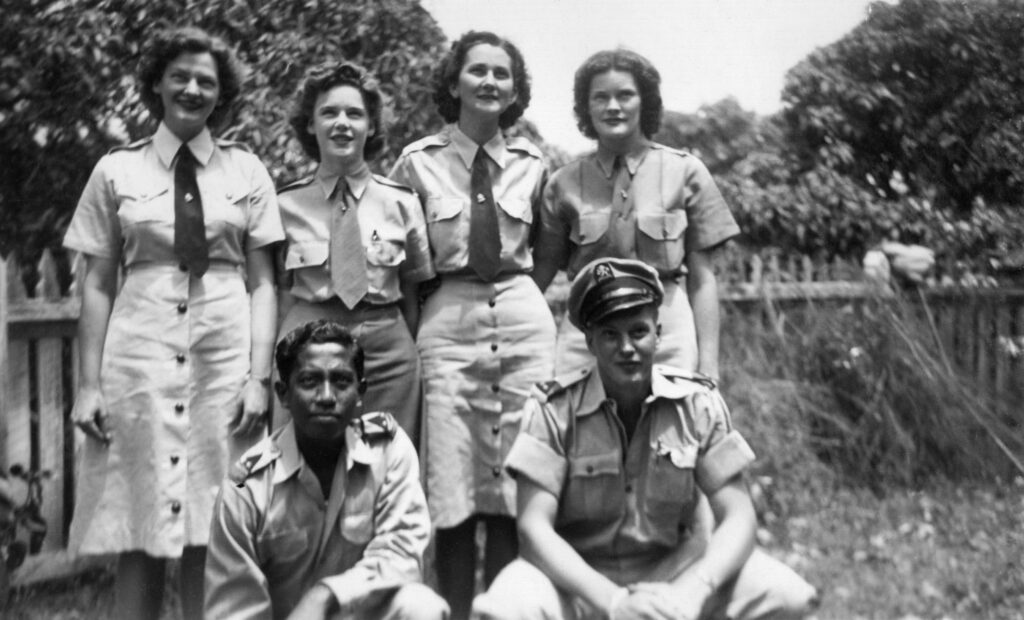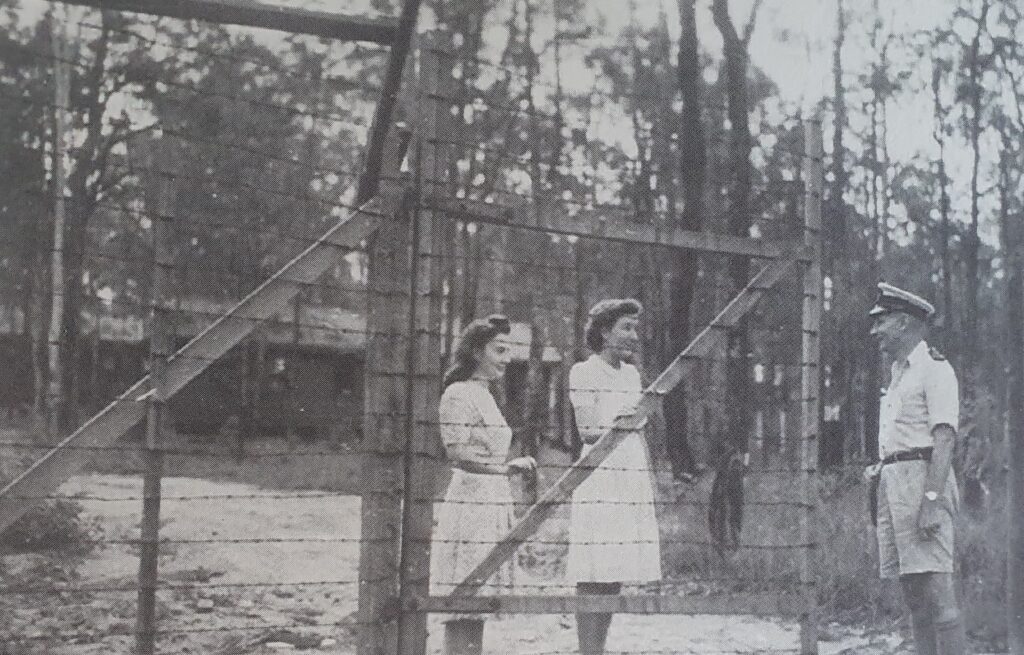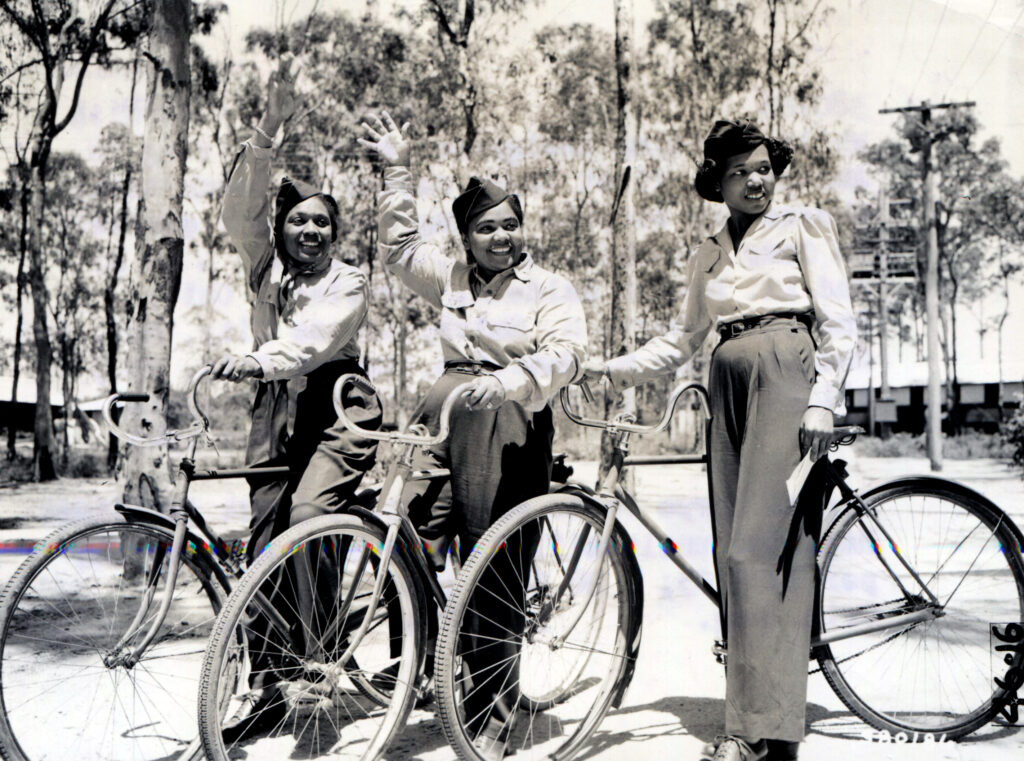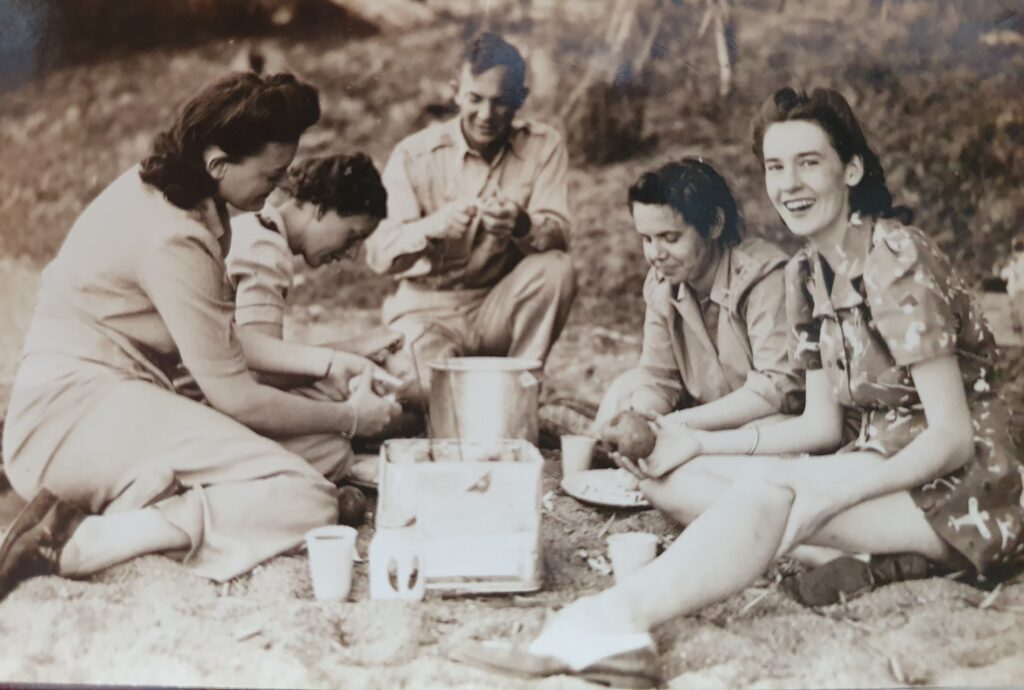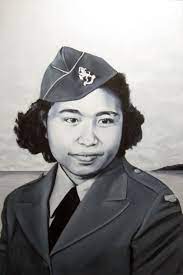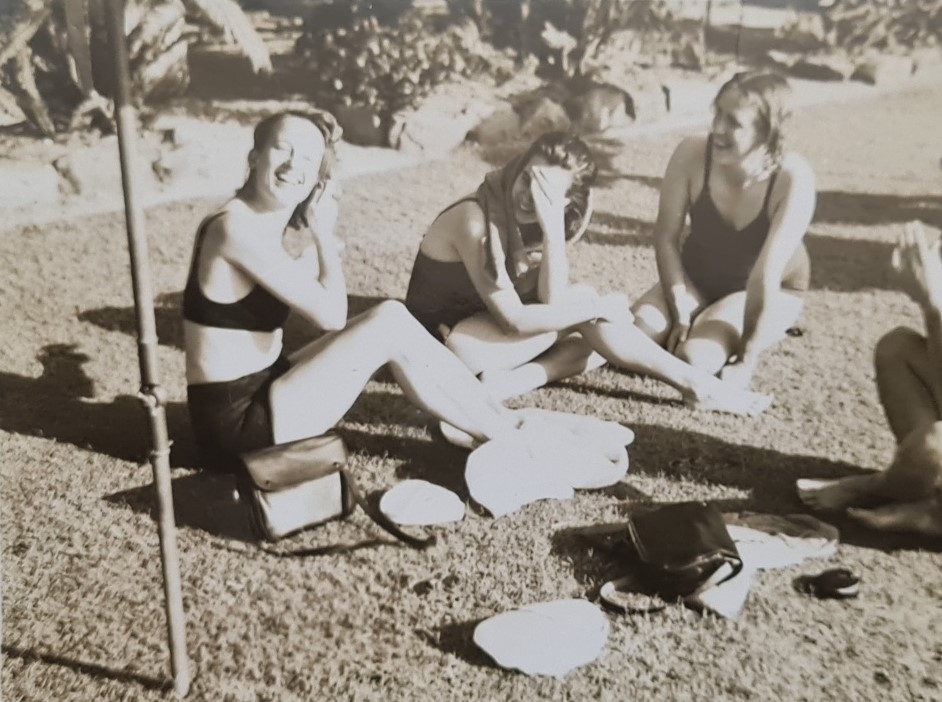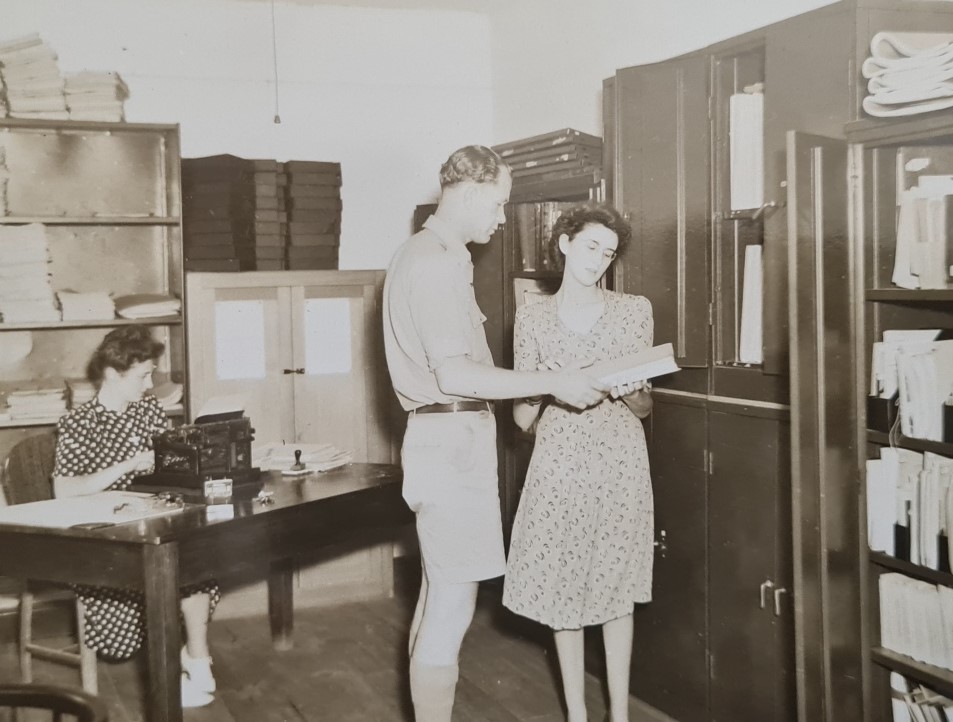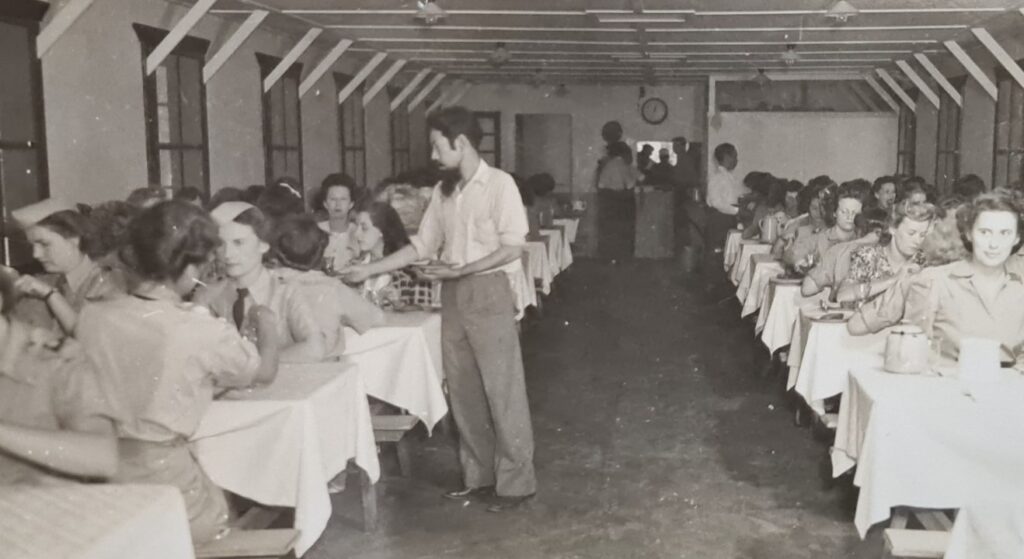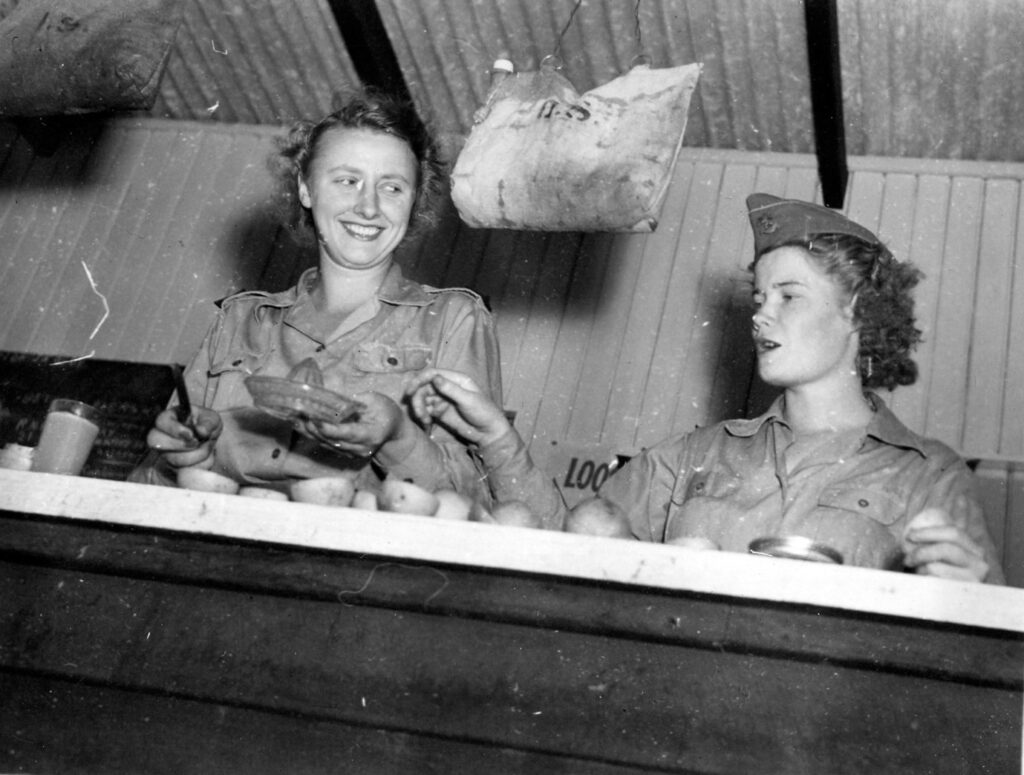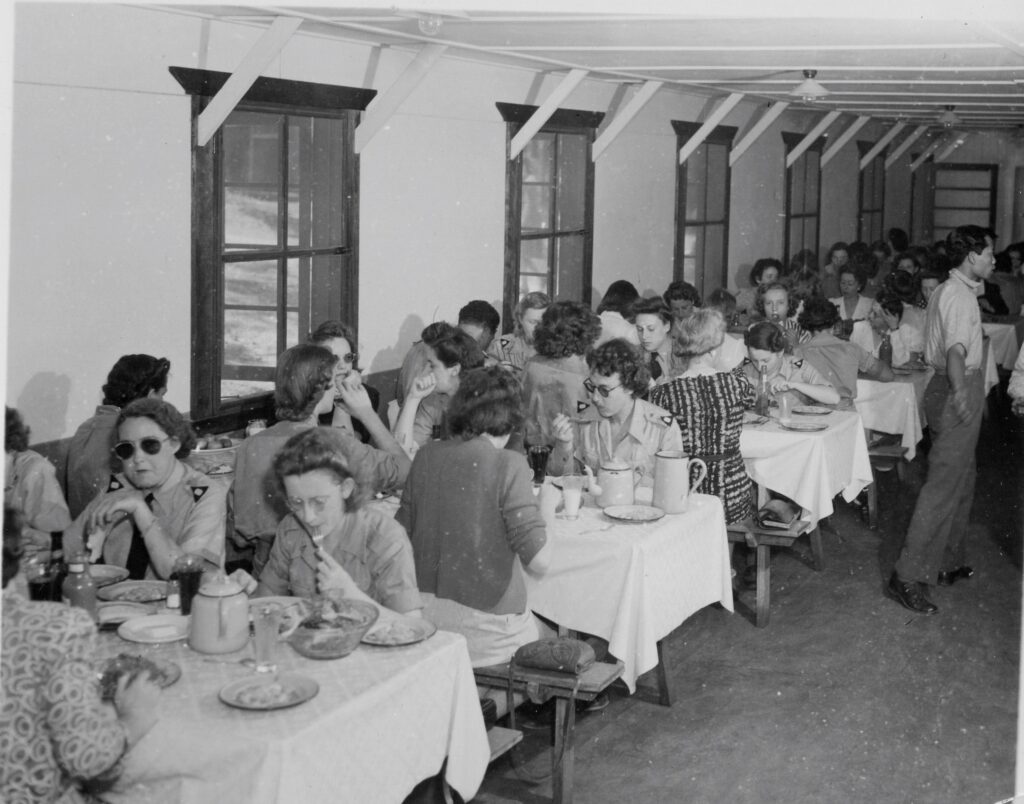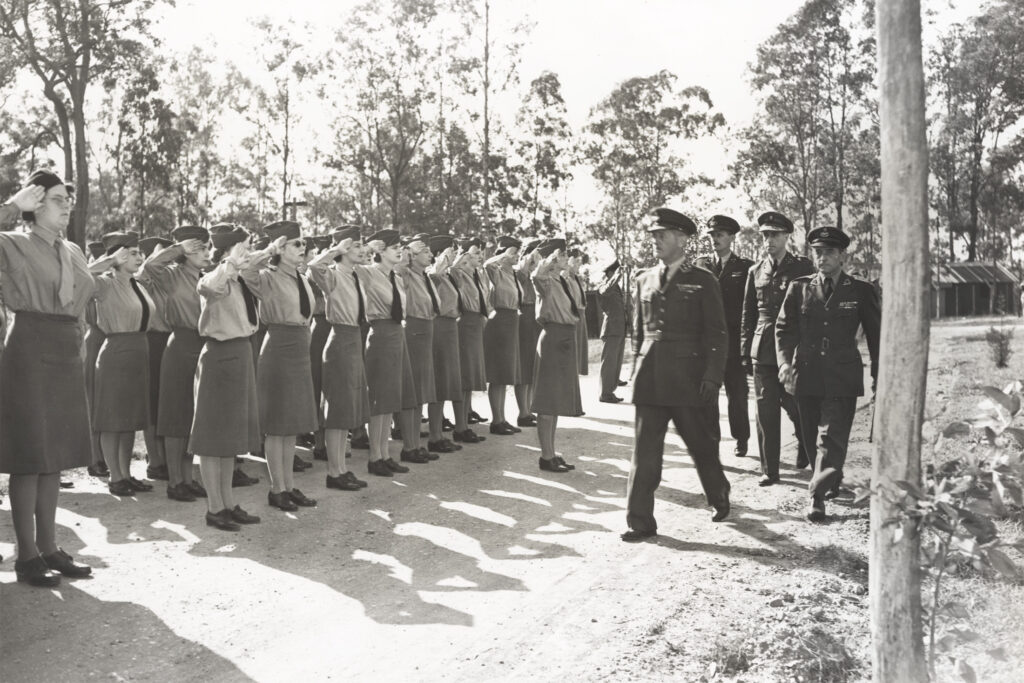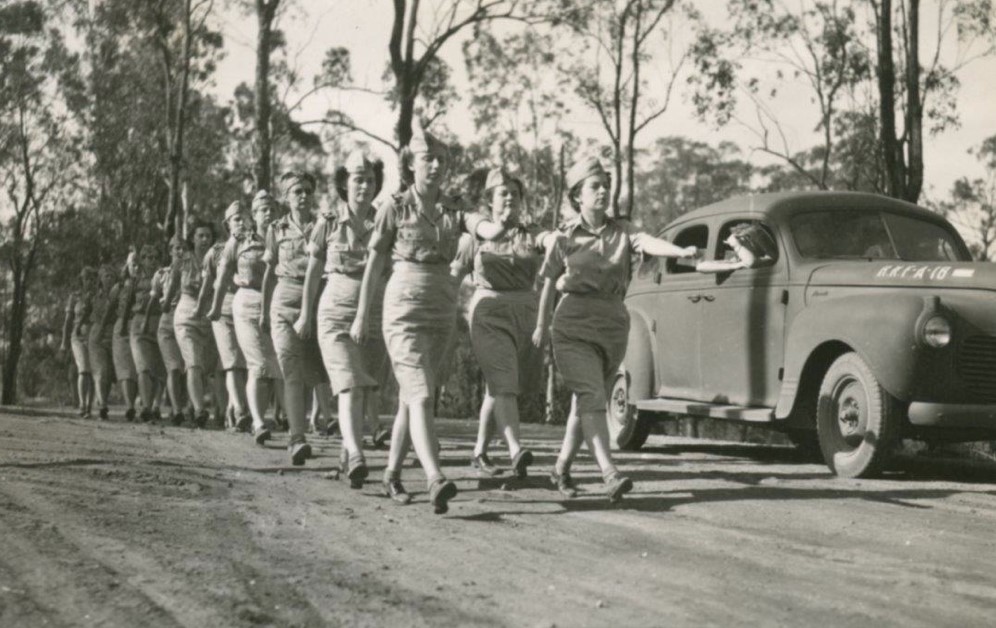At Camp Columbia and the surrounding military facilities, two groups of women were employed. Firstly, there were the Women’s Army Corps (WAC), comprised initially of American women, later supplemented by Dutch recruits. The primary duties of the WACs encompassed a range of administrative, technical, and communication tasks, effectively freeing men for combat roles. Their responsibilities spanned from clerical work, typing, and stenography to radio operation, mechanical tasks, driving, nursing, and supply management.
A core objective of the WAC was to offer vital support to the war endeavour. Women joining the WACs underwent training and collaborated with male soldiers across various support functions. Moreover, they underwent basic military training, encompassing physical fitness and adherence to military customs and courtesies. Beyond their assigned duties, WACs were also required to adhere to military standards of attire and behavior.
The American contingent of WACs departed in 1944. With the Dutch assuming control of Camp Columbia thereafter, a new phase of the war commenced. The Dutch Government sought increased administrative support, gearing up for the reconstruction of political, social, and economic structures in the Netherlands East Indies.
A persistent shortage of Dutch personnel persisted. With the Netherlands still under Nazi occupation, recruitment from within the country was unfeasible. Consequently, the Dutch sought staff from overseas embassies in unoccupied territories and recruited individuals from Dutch colonies in the West Indies. However, this effort fell short of meeting the demands of the daunting tasks ahead.
To address the shortfall, a significant number of women from Brisbane were enlisted, this time primarily for administrative roles. These women served as civilian staff, distinguishing them from the WACs who had a military status. Despite this distinction, as depicted in the images below, the two groups of women intermingled at Camp Columbia.
